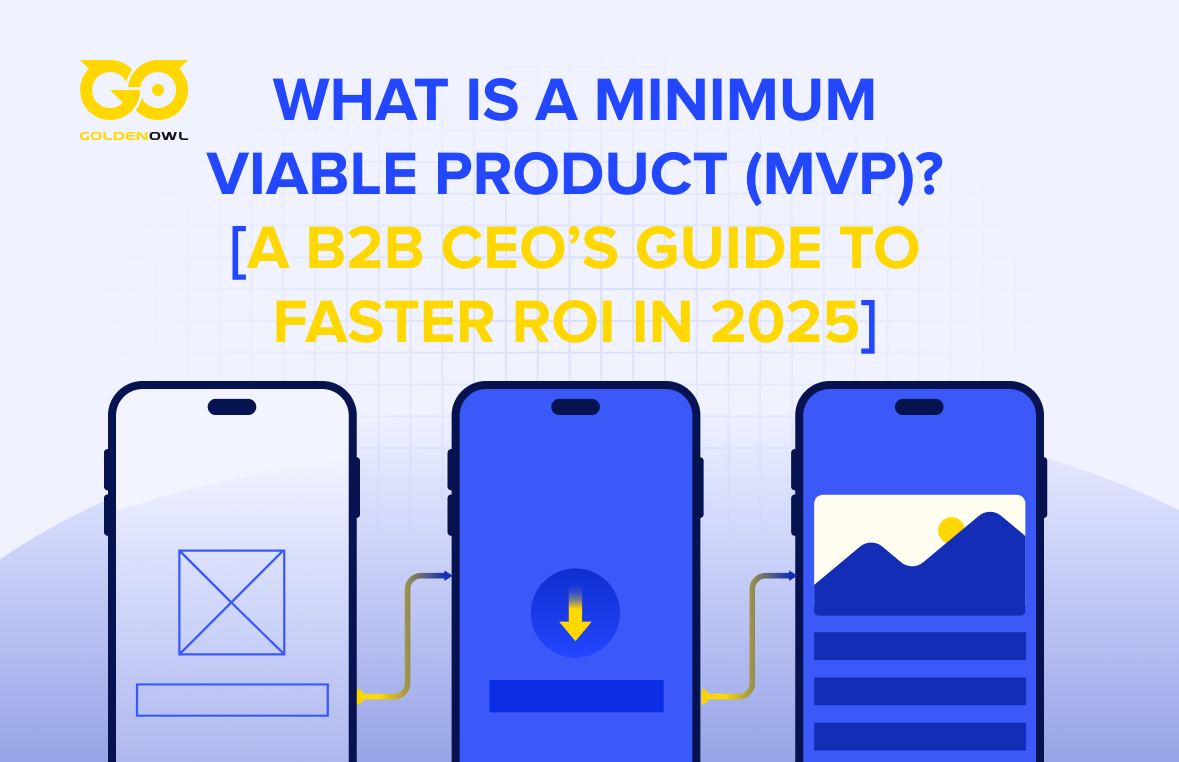TABLE OF CONTENT
What Is Customer Experience Automation?
What Is A Sales Cycle?
Why Using Customer Experience Automation for Sales Cycle?
Personalized communications
Create testimonials and useful client feedback
Integrate customer experience data with CRM data
Free up your customer experience team's time by automating business procedures
24/7 assistance with automated client service
Final words
Having an outstanding product or service isn't necessarily enough in the competitive market of today. Customer experience, or how consumers feel as they progress through your sales funnel, is more important than ever today. A positive customer experience is a key component of successful B2B businesses.
A superior customer experience results in more repeat business, more favorable reviews, and more sales. According to HubSpot Research, 93% of customers are likely to make subsequent purchases from businesses that provide exceptional customer service.
The shorter the lead's stay in the sales funnels, the higher ROI for your business will be. It just makes sense! But how might your sales life cycle be shortened? What can customer experience automation truly do for you? We'll be talking about it today. Let's begin.
What Is Customer Experience Automation?
Customer Experience Automation is a part of robotic process automation or RPA. Because it focuses on automating the complete customer journey from acquisition to engagement across the full customer lifetime, customer experience automation goes beyond marketing automation.
The term "customer experience" (CX) refers to the touchpoints that customers use to interact with a business, such as a social media page, a company website, or customer service and support (CSS) channels.

Read more: 5 easy tips to convert website traffic into qualified leads
Customer experience automation (CXA) employs technology and processes to enhance many facets of customer service, such as quicker response times, increased effectiveness, or the addition of value-added services.
Organizations must first identify critical, repeated actions across the customer lifecycle that might result in bottlenecks, frustrations, or delays before implementing an automated customer experience model.
They must then develop apps to assist in their resolution. CXA can transform time-consuming, difficult-to-scale tasks that are prone to delays and human mistakes into beneficial encounters that assist clients in swiftly solving problems and feeling involved.
Examples of typical CXA tools include:
Calls are automatically routed to the appropriate department by the use of customer-telephony integration (CTI), which is implemented by enterprises and contact centers.
Chatbots on websites that interact with clients or sales lead using artificial intelligence
Some stores provide self-checkout services.
Apps for online banking that let users deposit checks without going to a physical location.
Apps for the hospitality industry that enable guests to confirm or check-in.
Read more: Awesome benefits of chatbot for your business
What Is A Sales Cycle?
The sales cycle is a continuous process that starts with the initial interaction with prospects and ends with their conversion into a client.
Of course, the characteristics of your business determine how long your sales cycle will be. If you are working in a B2B or SaaS company, you should be seeing yourself going through the following stages of a sales cycle process:
Why Using Customer Experience Automation for Sales Cycle?
According to a Ruler Analytics survey, 52.3% of businesses claim that their typical sales cycle lasts between one and three months. On the other hand, 18.8% of people assert that their cycle runs longer than four months.
The same survey identified poor sales and marketing alignment (32,5%), targeting the incorrect audience (36,3%), and having unqualified leads in the sales pipeline (46,3%) as some of the main contributors to the issue.

If you believe that you need to streamline the procedure and remove barriers in order to close more sales in a shorter amount of time, you should start thinking of implementing CXA tools. Here are some of the main ways you can follow:
1. Personalized communications.
A Shopify study found that 75% of customers favor companies that tailor communications, offers, and experiences.
Buyers produce so much data, which people can't manually interpret, that this is an issue. Fortunately, you can let contemporary automation technologies do it.
A lot of information is cleaned up, put together, and analyzed (e.g., buying history, browsing behaviors). You may use it to distribute your consumer communications on a big scale while segmenting and personalizing them.
Here are a few instances of automated content personalization:
Display various content on your website based on the customer's past purchases.
Advertise to clients who have previously expressed interest in a certain product.
Utilize email automation solutions to inform customers at each stage of their interaction with your business, from product recommendations to order confirmations and feedback gathering.
2. Create testimonials and useful client feedback.
By making it simple for customers to submit their feedback, businesses have access to numerous data and a ready-made list of improvements that have been approved by consumers.
Companies may quickly build up review volume to improve ratings and ranks in local search when the process of asking for and reacting to reviews is automated using a reputation experience management (RXM) platform.
Additionally, unstructured content from reviews may be subjected to analytics to automatically detect patterns or problems so that businesses can act right away.
Read more: Omnichannel customer engagement - What is it and why is it important?
3. Integrate customer experience data with CRM data.
When customers become more devoted to a brand, revenue grows. Highly precious are satisfied, devoted consumers! Selling to a new prospect has a 5-20% chance of success, but selling to an established, happy client has a 60-70% chance of success (Marketing Metrics).

So it's a good idea to set up an automated procedure so that once you receive customer feedback, your CRM system, such as Salesforce or Microsoft Dynamics, automatically updates the contact information.
Your sales and customer success teams will have a lot simpler time identifying areas with a higher upsell potential thanks to this.
4. Free up your customer experience team's time by automating business procedures
Should your sales staff spend more time talking to customers and closing transactions than updating CRM and completing forms? I'm assuming you prefer the latter.
It is possible to coordinate internal tools and workflows so that routine operations, like organizing meetings or moving data across programs, may be completed without the need for human intervention.
Operation automation not only frees up your team's time but also lessens the irritation that comes with doing repetitive work. Your workforce is more engaged and inspired to deliver outstanding service, which increases revenue.
Read more: 5 sales closing techniques that help you win more deals for SaaS business
5. 24/7 assistance with automated client service
According to Forrester's Research, 66% of individuals think that valuing their time during a service encounter is the most essential thing a firm can do.
Depending on the question, AI-powered assistants can direct clients to a certain team. They do it right the first time, sparing consumers from being repeatedly moved between personnel. Answering frequently asked questions, making appointments, and giving out shipping information are all repetitious chores they handle without even a touch of boredom.
The real agent managing the case may get all information provided to the virtual customer support representative, allowing them to go to work on the problem immediately away.
Final words
Automation is crucial for corporate success since client expectations are at an all-time high. Businesses benefit from faster and deeper customer understanding as well as the ability to quickly address customer concerns and problems while fostering meaningful interactions across the full customer experience.
You can schedule a free consultation with our experts if you want to learn how customer experience automation can transform your company's sales cycle.





















